313
TATE Modern.
London, United Kingdom
2018-2020









Code of Conduct
2018-ongoing
One of the most widely used pesticides in strawberry cultivation is chloropicrin which is injected into the soil before planting to kill fungi, microbes, insects and other pests that can harm crops.
What draws attention to chloropicrin - about which there is no consensus among scientists on whether it is cancer-causing or not - is its origin: during the First World War it was used as a chemical weapon. This substance caused vomiting in the soldiers. It forced them to remove their gas masks, leaving them exposed to even more deadly chemical weapons.
Leftover stocks of this substance were sent by the U.S. Army to Hawaii, which pineapple farmers used to spray their land in an attempt to kill off a pest.These chemicals do not end up in the fruit, so they do not represent a consumer risk.
The danger is at the moment of its application, since in some cases, they are odorless and colorless and can spread through the air, affecting farm workers and the inhabitants of neighboring communities.
“Strawberries are a very difficult fruit to grow because they are so fragile. Also, a significant investment is needed up front, so farmers want to make sure they get their money back using pesticides.”
What draws attention to chloropicrin - about which there is no consensus among scientists on whether it is cancer-causing or not - is its origin: during the First World War it was used as a chemical weapon. This substance caused vomiting in the soldiers. It forced them to remove their gas masks, leaving them exposed to even more deadly chemical weapons.
Leftover stocks of this substance were sent by the U.S. Army to Hawaii, which pineapple farmers used to spray their land in an attempt to kill off a pest.These chemicals do not end up in the fruit, so they do not represent a consumer risk.
The danger is at the moment of its application, since in some cases, they are odorless and colorless and can spread through the air, affecting farm workers and the inhabitants of neighboring communities.
“Strawberries are a very difficult fruit to grow because they are so fragile. Also, a significant investment is needed up front, so farmers want to make sure they get their money back using pesticides.”
Bernice Yeung, co-author of the CIR report on the use of fumigants.
Chloropicrin is one of the chemical that benefit from Article 53 of the Phytosanitary Regulations according to which:
Phytosanitary emergency situations A Member State may authorize, for a period not exceeding 120 days, the commercialization of
phytosanitary products for a controlled use and If such a measure is necessary due to a hazard that cannot be controlled larse by other reasonable means.
Mass poisoning in La Redondela
The investigations opened by the ministries of Health, Environment, Agriculture and the Nature Protection Service that reliable data on the chemical agents that caused the massive intoxication of La Redondela.
From the beginning, the misuse of a common phytosanitary product in agriculture was considered as a triggering agent for the health alert situation experienced by the population of Ronda. And the first confirmations point to the detection of two products used in soil disinfection and as fumigants to kill nematodes that attack the roots of some plants.
According to the data handled by the Andalusian Department of the Environment, the use of chloropicrin and dichloropropene was detected.
Chloropicrin is one of the chemical that benefit from Article 53 of the Phytosanitary Regulations according to which:
Phytosanitary emergency situations A Member State may authorize, for a period not exceeding 120 days, the commercialization of
phytosanitary products for a controlled use and If such a measure is necessary due to a hazard that cannot be controlled larse by other reasonable means.
Mass poisoning in La Redondela
The investigations opened by the ministries of Health, Environment, Agriculture and the Nature Protection Service that reliable data on the chemical agents that caused the massive intoxication of La Redondela.
From the beginning, the misuse of a common phytosanitary product in agriculture was considered as a triggering agent for the health alert situation experienced by the population of Ronda. And the first confirmations point to the detection of two products used in soil disinfection and as fumigants to kill nematodes that attack the roots of some plants.
According to the data handled by the Andalusian Department of the Environment, the use of chloropicrin and dichloropropene was detected.

Intensive farming are characterized by the competitiveness of the market, the weight that large distribution chain acquire, the strong dependence on imputs from industry and the use of abudant wage labour.


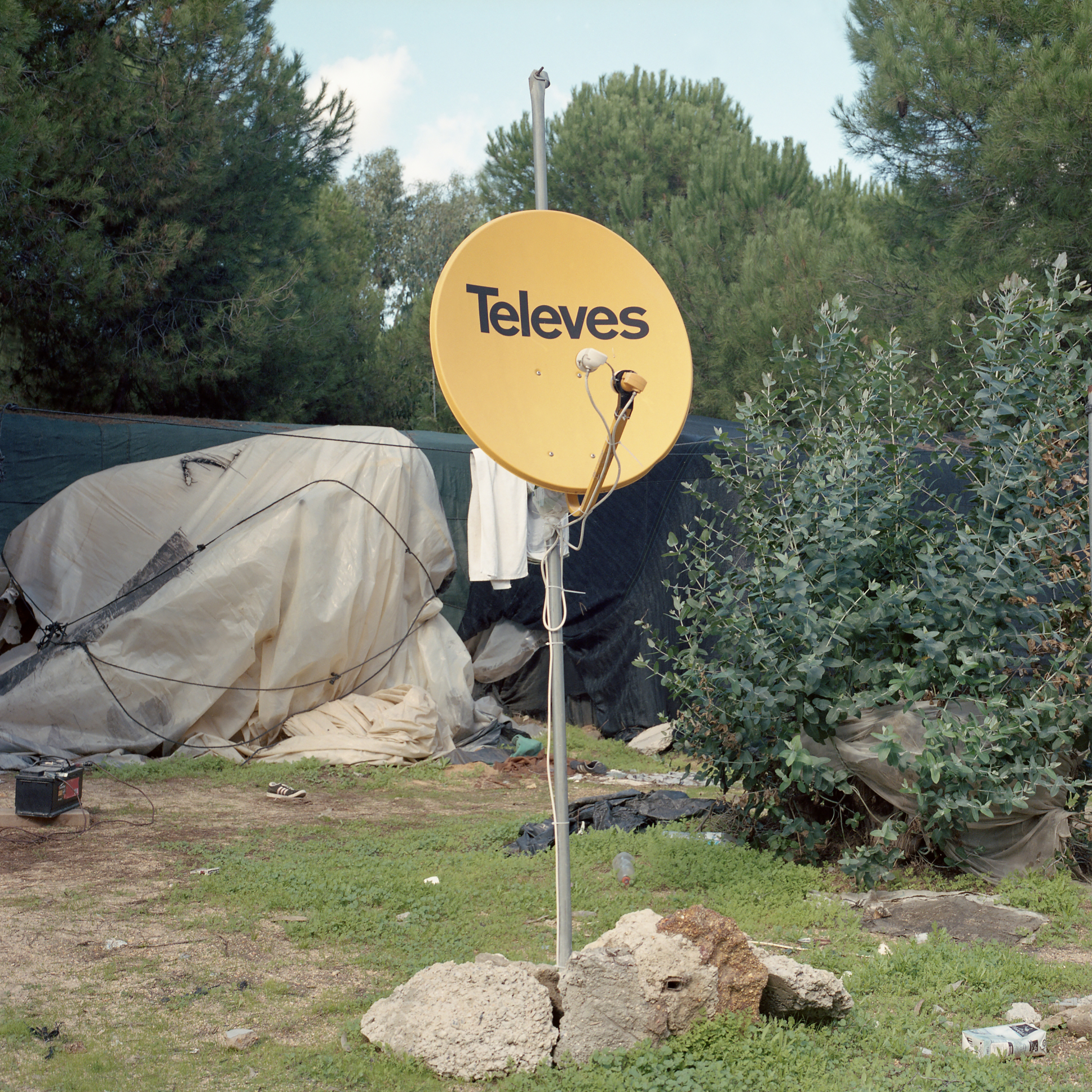



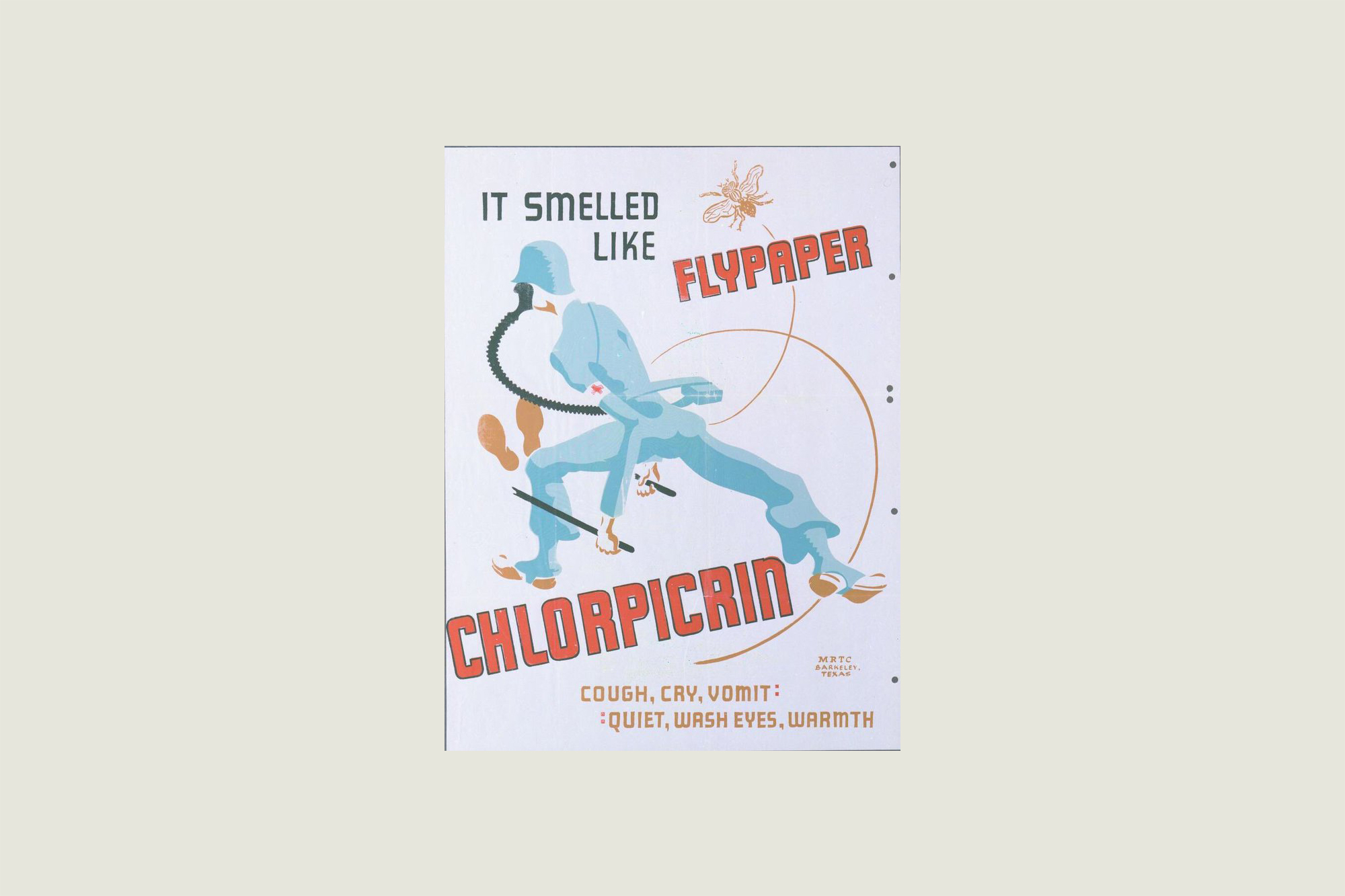

Speculative investigation about the inability of the measures put into practice by the spanish administration in the reception of migrant workers who participates, as a key element, during the picking strawberry campaign.
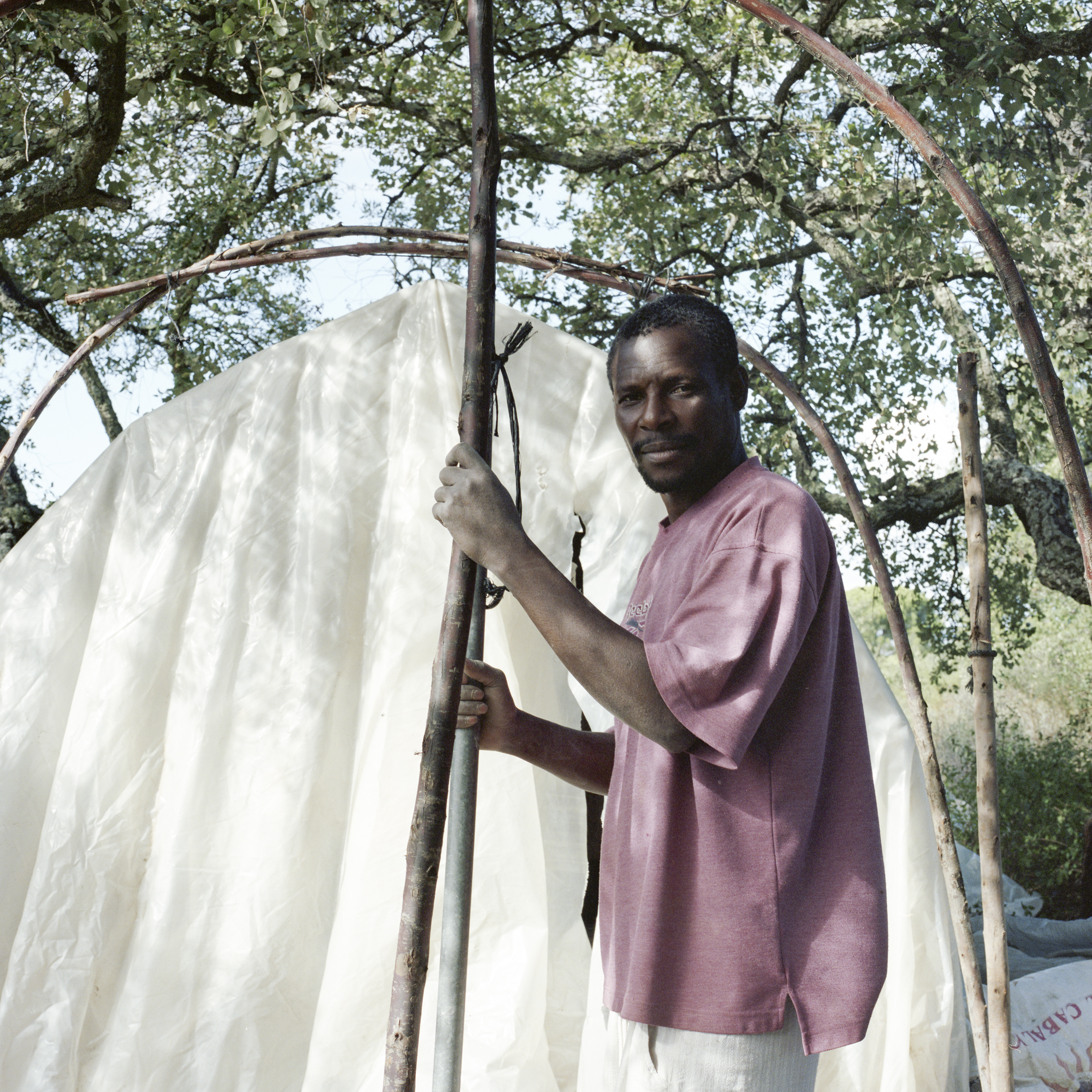
As a result, emerged "substandard housing" or "shacks" in the adjoining spaces of the plantations, that over time have ended up becoming a perennial element of the rural landscape. Partially isolated, theses spaces become focal points of collective frustration and despair.
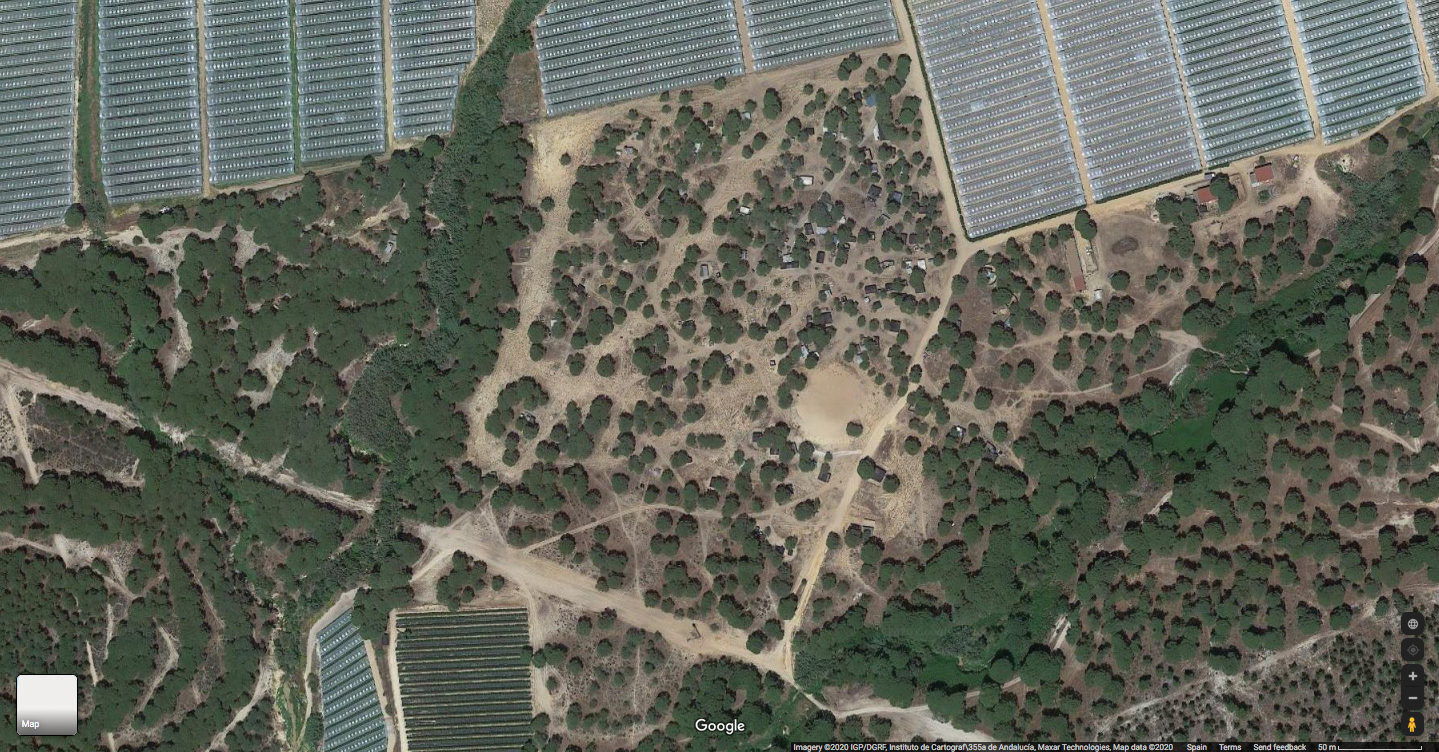

 .
. 

. 1. Moguer | 21820 Huelva
37.170559, -6.837217
2. Lucena del Puerto | 21820 Huelva
37.291892, -6.70476
3. Lucena del Puerto | 21820 Huelva
37.28908, -6.709482
4. Lepe | 21440 Huelva
37.2548200, -7.2043300
5. Lucena del Puerto | 21820 Huelva
37.283822, -6.727448



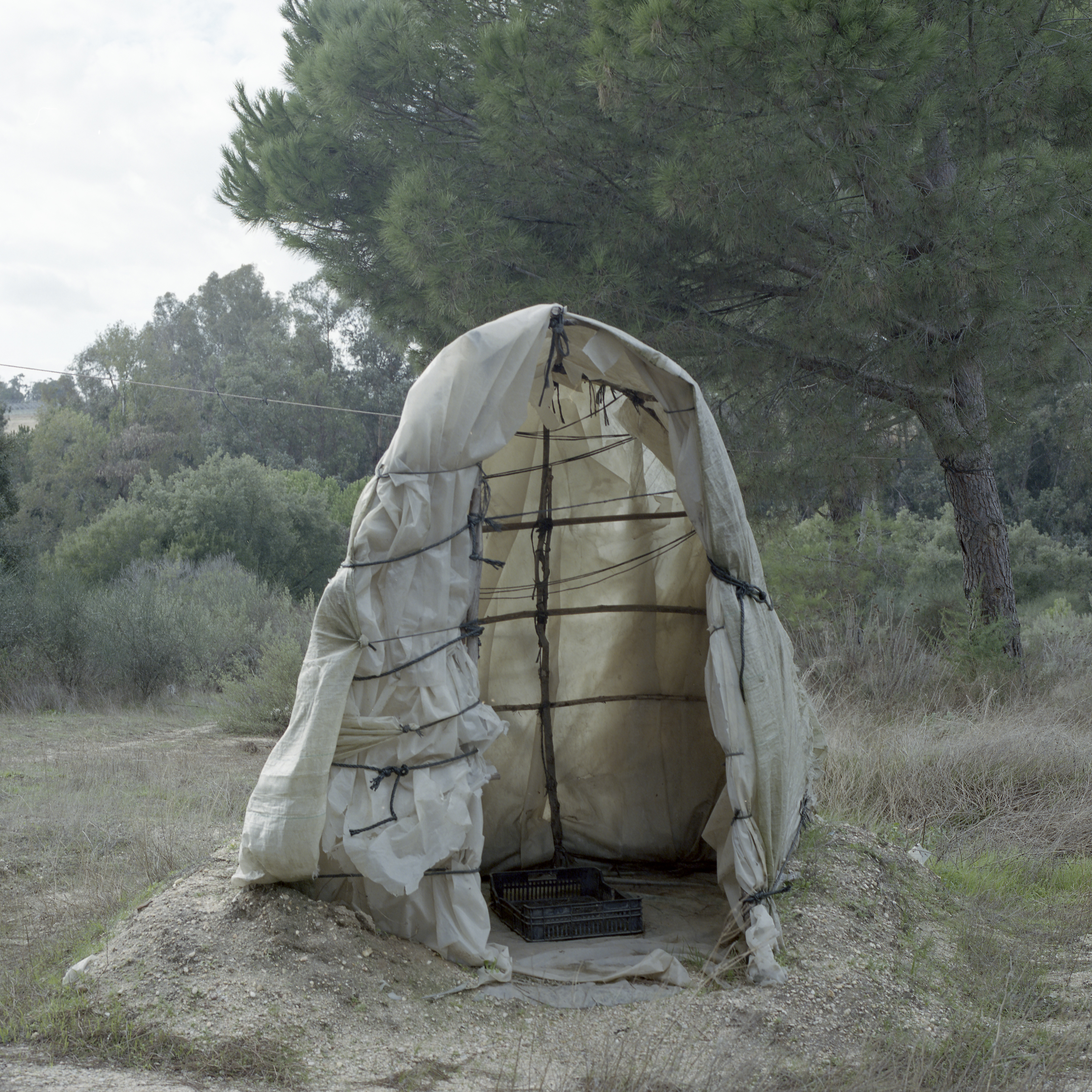
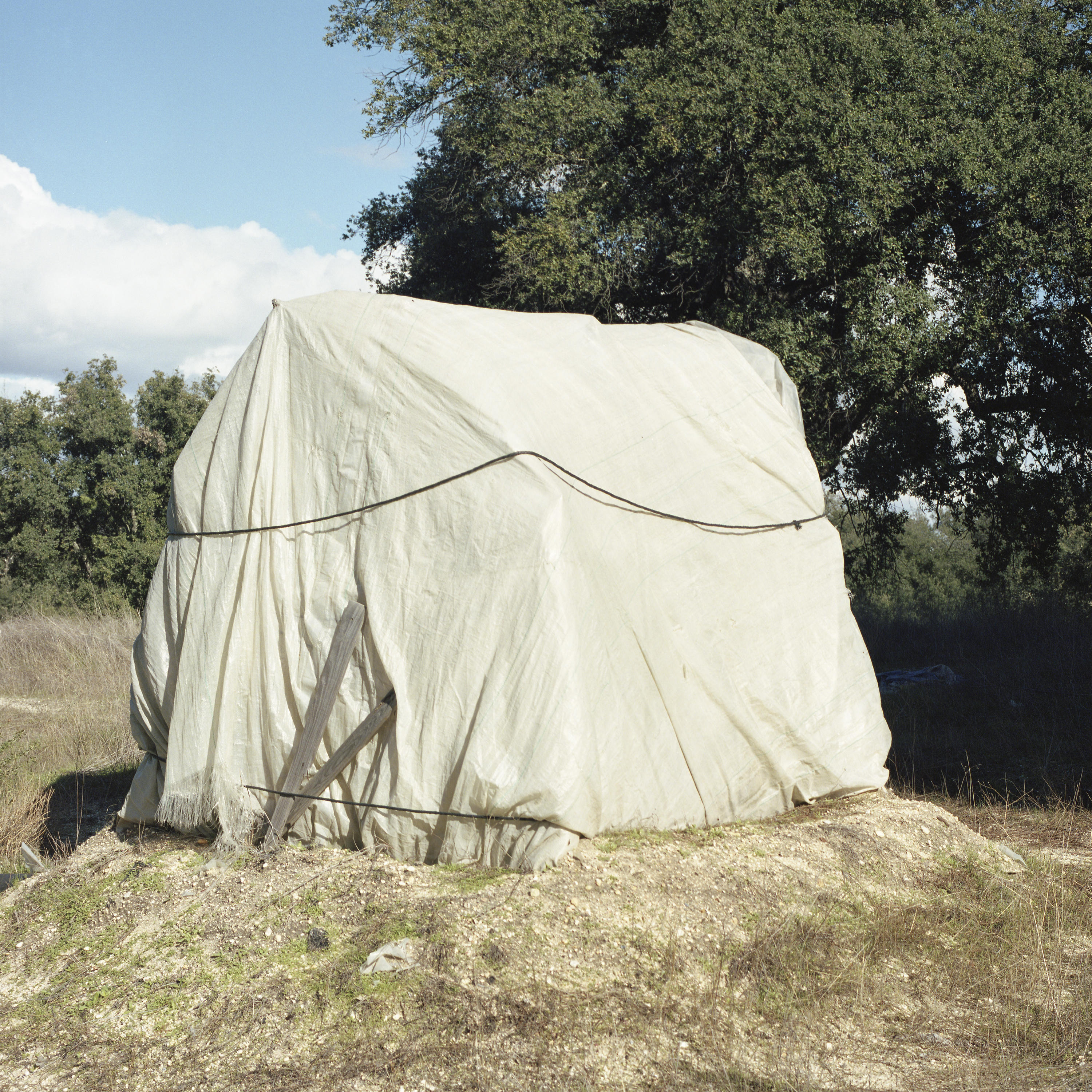
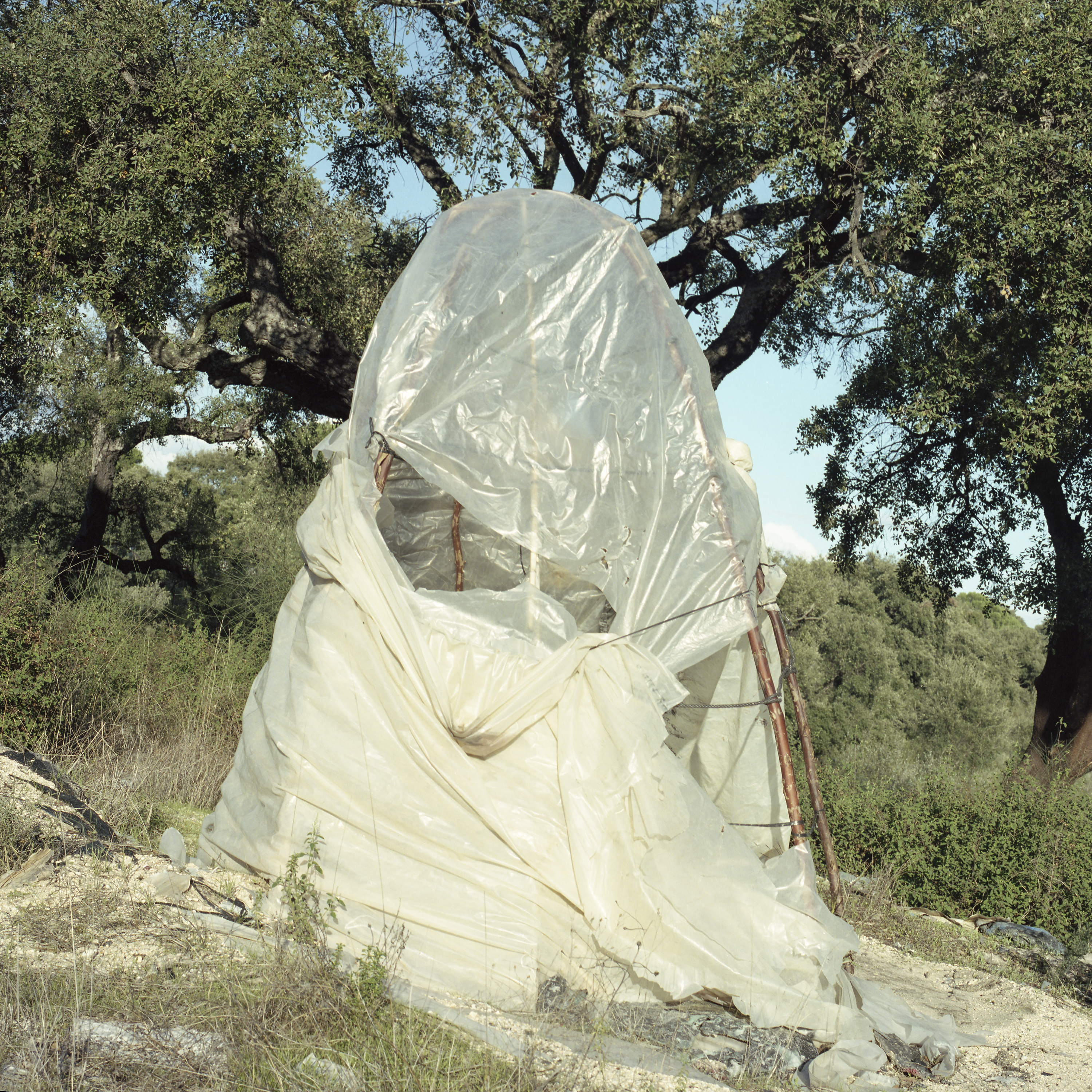


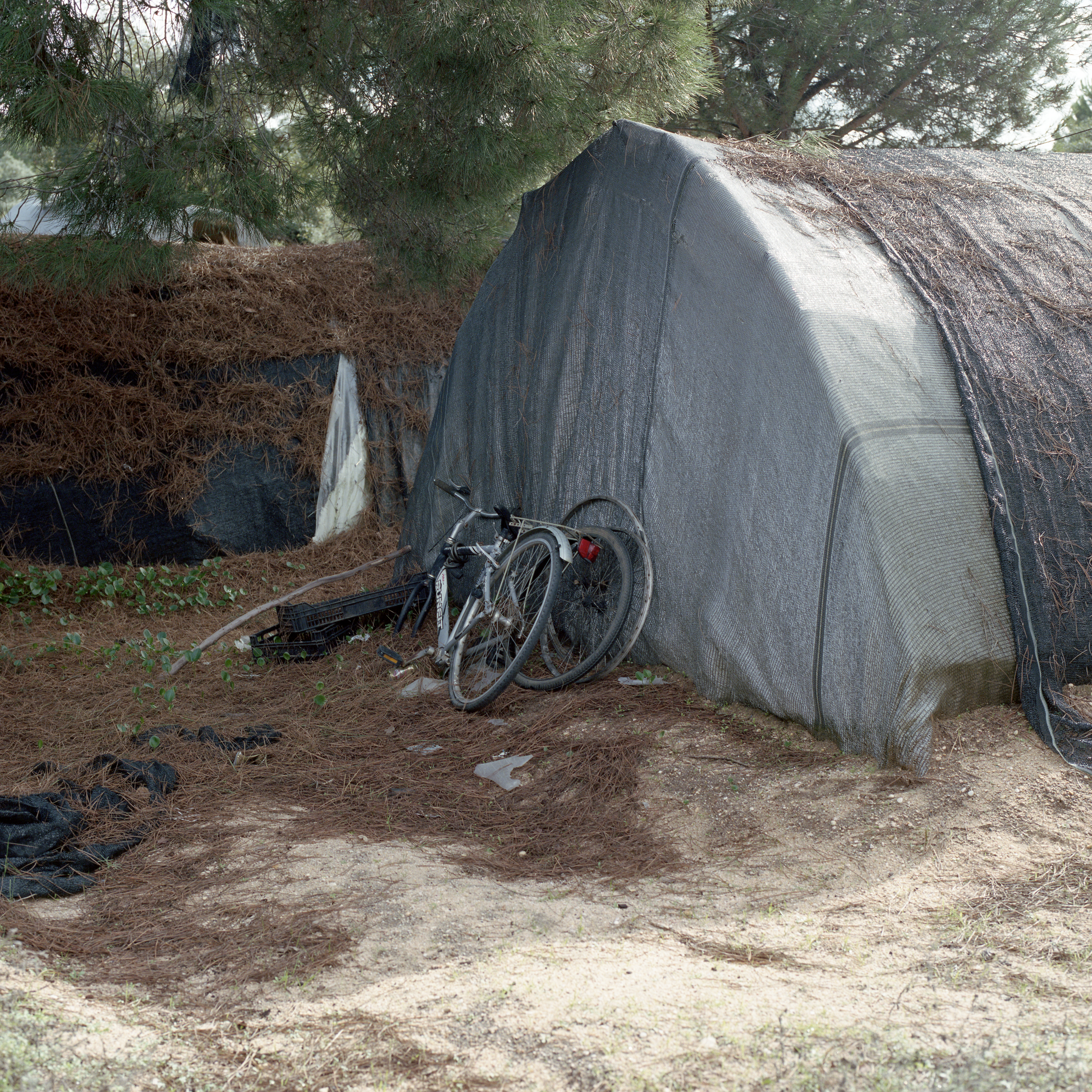






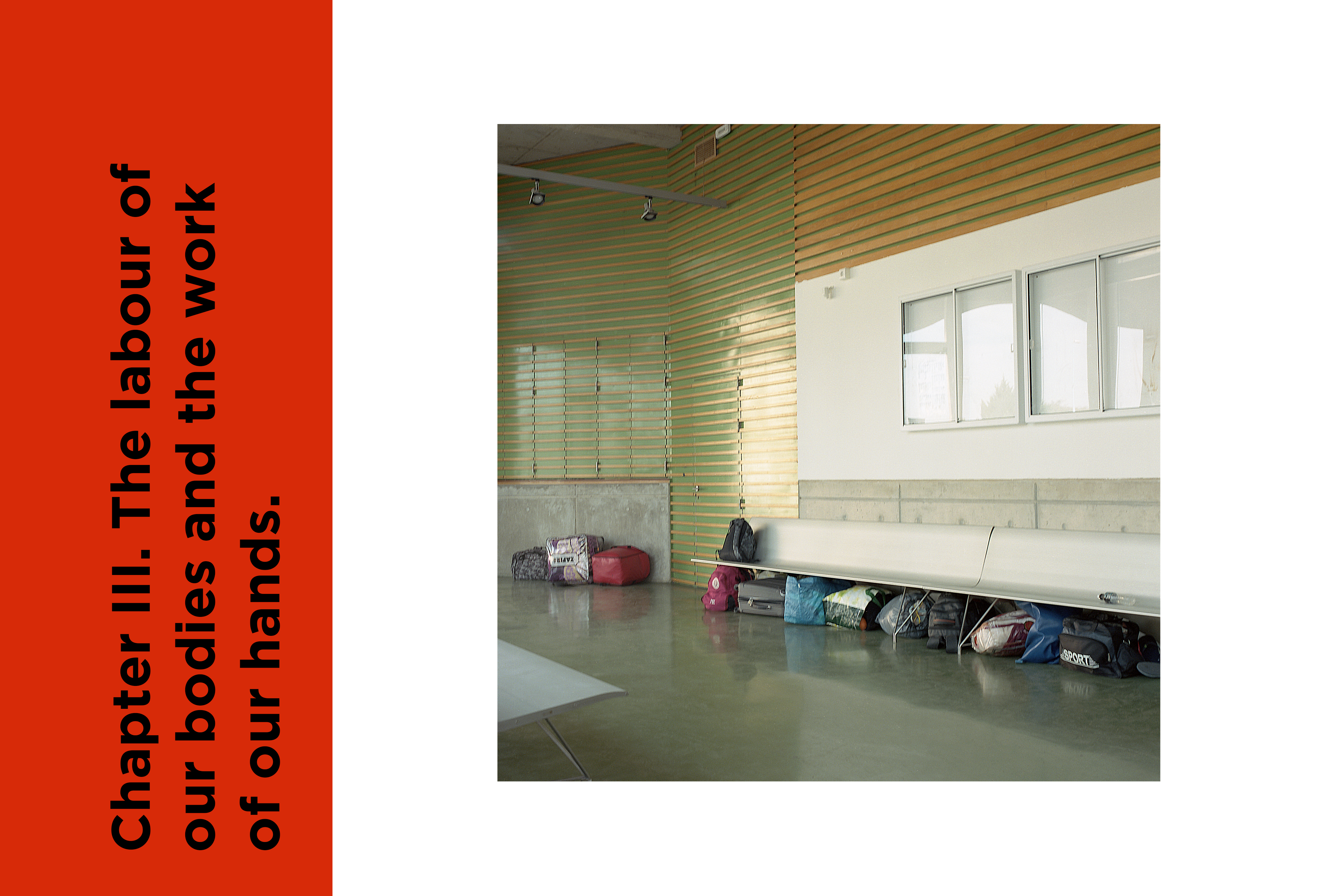
The labour of our bodies and the work of our hands aims to explore the subliminal violence behind the stereotypes related to Moroccan women workers, contracted in origin to work during the strawberry harvesting campaign in southwest Spain.

This type of contracts grant local farmers to cover the needed amount of workers through a temporary residence permit, using selection criterias associated with heteropatriarchal stereotypes such as docility, delicacy and submissiveness.
Public Offer for hiring at source published by the Moroccan National Employment Agency (Anapec).
In this you can find the eligibility criteria to be able to be hired by Spanish producers to work in the strawberry harvesting campaign in Huelva.


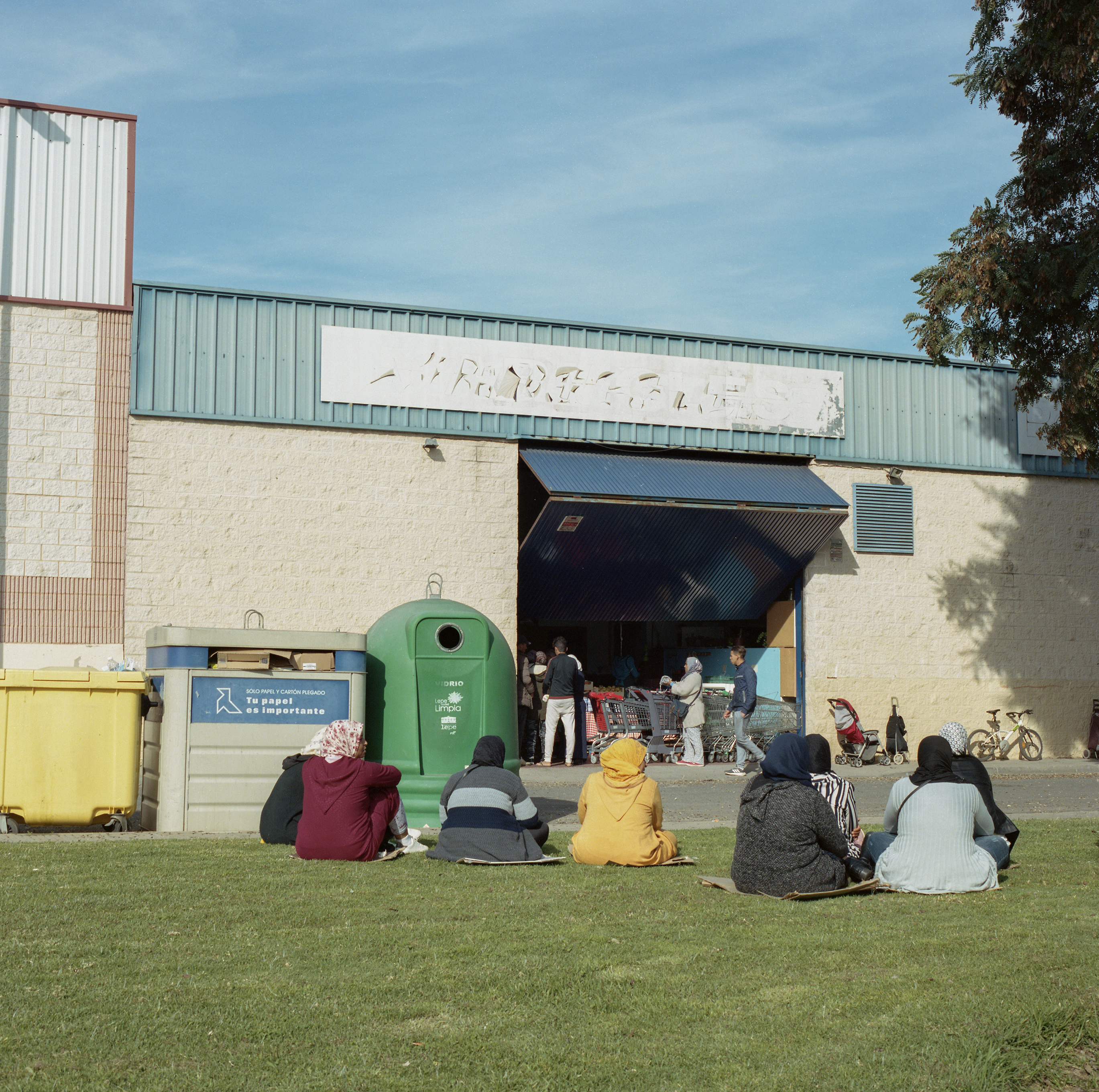
Conditions required for workers (women only):
- Age between 18 and 45 years.
- Have children under 14 years old.
- Coming from a rural environment.
- Enjoy good health.
Justification: On the part of the employer and the public administration, these criteria are based on the supposed greater capacity for delicacy, effort and concentration at work due to the fact that they are women, mothers and Moroccans.

This type of contracts in origin also creates a strong dependency of the woman workers with respect to the planned ones. From the outset, the residence permit of these workers is conditioned on the validity of the employment contract with which they accessed the Spanish State.
On the other hand, the renewal of the following season depends exclusively on the will of the person or company employed: they can decide to hire the worker by name for the next season, being able to enter Spain without going through a new selection process.
